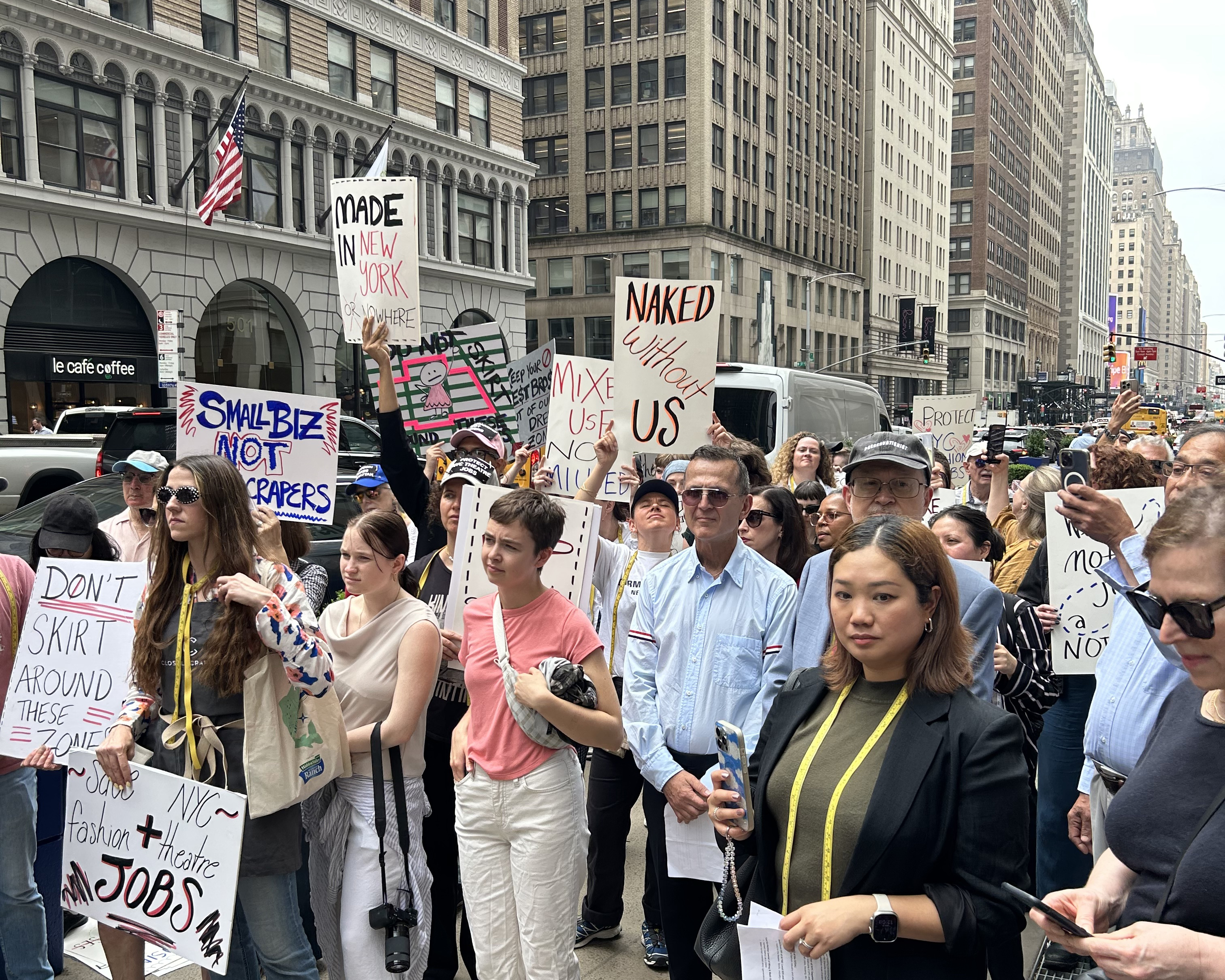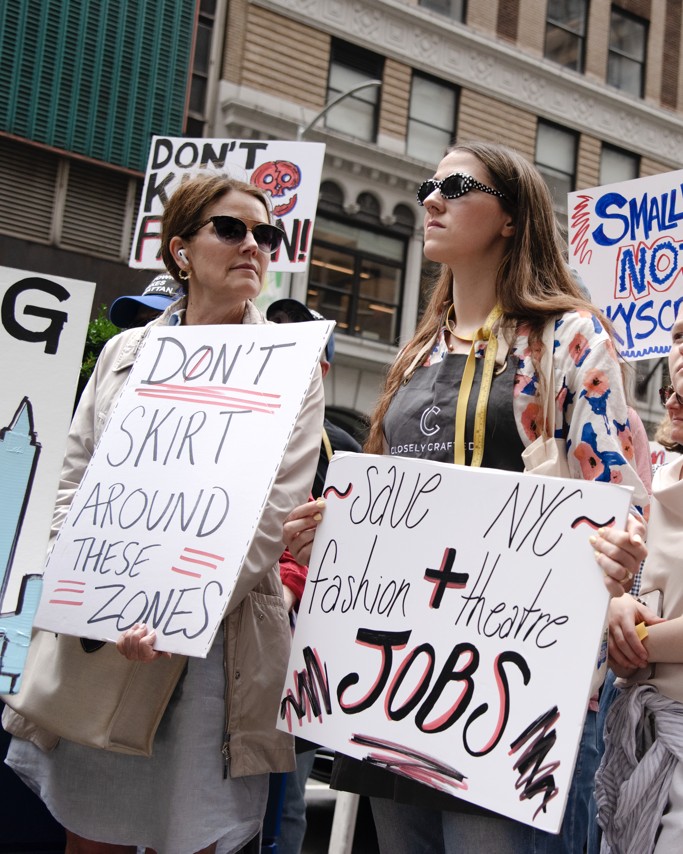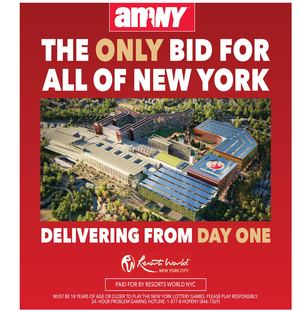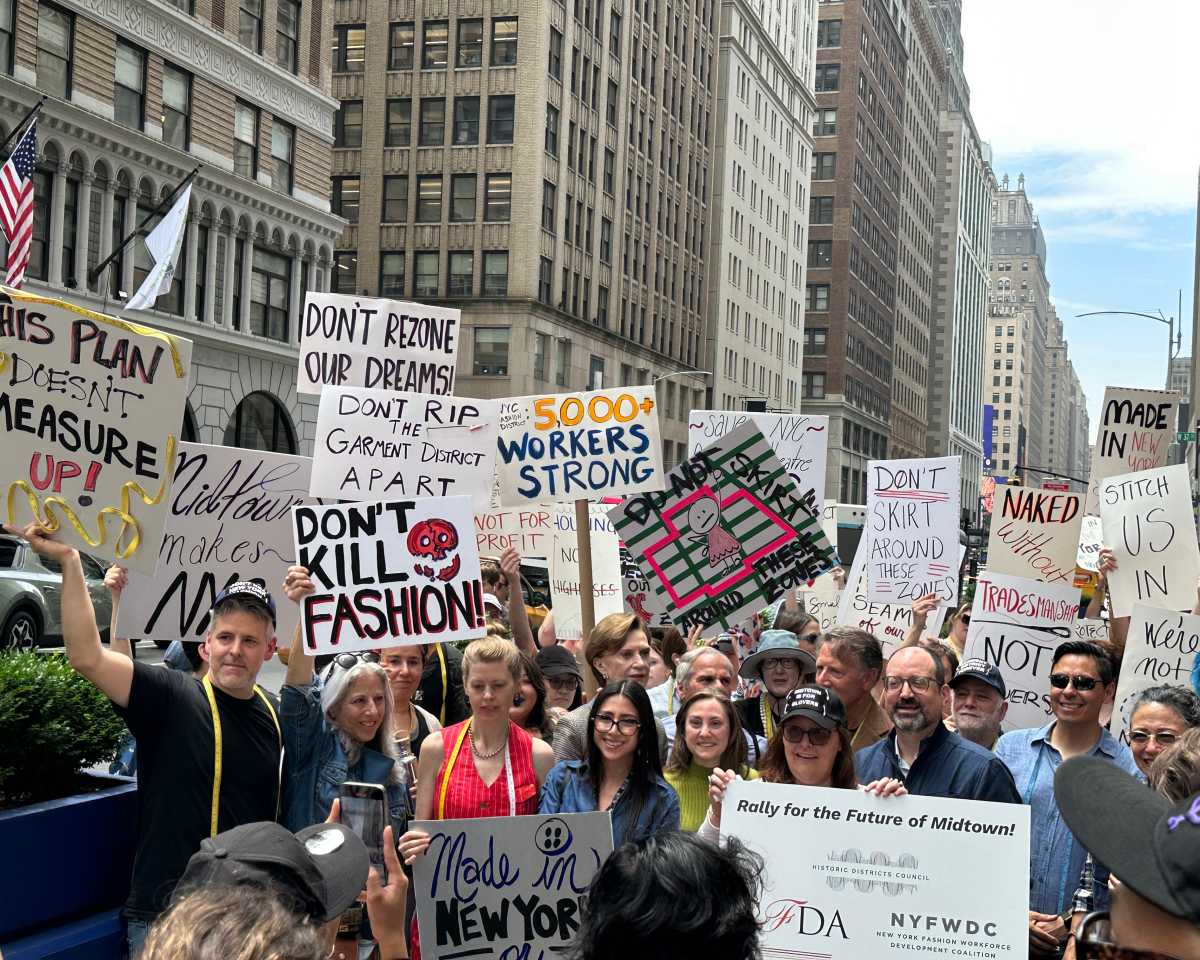As New York City moves forward with a zoning plan that would designate commercial areas for residential construction in Midtown South, a group of small businesses, nonprofits and labor unions in the Garment District are pushing back, saying the plan would damage the entertainment and fashion industries.
The Midtown South Mixed-Use Plan (MSMX) would designate 42 blocks between West 23rd and 40th Streets and Fifth and Eighth Avenues for housing development, allowing the city to repurpose office spaces to build around 9,700 new homes. The plan has the support of the Garment District Alliance, a business improvement district (BID) for the neighborhoods, as well as other BIDs in the area, which say rezoning the area would bring much-needed foot traffic.
The New York Fashion Workforce Development Coalition (NYFWDC), which advocates for local businesses and nonprofits in the area, is leading the group campaigning against MSDX, alongside local unions. The advocates claim the plan would eliminate 779 businesses and harm over 5,300 workers, according to a statement sent to amNew York.
Pooja Patel — the communications and mobilizing associate of USA 829, IATSE, which represents artists and designers — said the city ignored local workers’ statements about how the plan would affect the neighborhood.

“MSMX, as it is proposed right now, is the largest rezoning proposal that we’ve ever seen for the district, and it would be a complete overhaul that would essentially risk disrupting a bunch of businesses,” Patel told amNewYork.
The coalition proposes targeted revisions to the plan, including prioritizing strengthening businesses, establishing a relief fund for displaced workers and offering tax relief for fashion-related local businesses.
In its current form, the MSMX plan has already passed review by the City Planning Commission after months of public hearings and now faces a vote before the entire City Council.
Patel said the local businesses, many of which serve Broadway and the film industry, are essential staples of New York culture that the city cannot lose. She pointed to the specific stores, such as New York’s only button-only shop, and their proximity to theaters to argue that the businesses cannot operate elsewhere.
“It ends up becoming this critical area where you can find absolutely everything you need,” Patel said. “And without the area, it would make the jobs of costume designers incredibly difficult, because you can’t just buy things online — you need to be able to see things.”
Patel added that 80% of Met Gala costumes are made by Garment District businesses, which she said shows the cultural importance of the area.
Carisa Kelly, a costume designer in USA 829, IATSE, said that without the neighborhood, she would not be able to do her job.

“The district is a critical resource for designers in theater, film, and television because of its proximity to major transportation hubs and the sheer density and diversity of businesses that exist there,” Kelly said in a press release. “If I need new materials under the time constraints of a production, the Garment District is the only place that I could feasibly get them.”
Barbara Blair, president of the Garment District Alliance, previously said MSMX would provide relief to the Garment District’s businesses while helping address the city’s housing crisis.
“The city needs high density housing, and the Garment District needs a lifeline. The MSMX rezoning is the perfect solution to both problems,” Blair wrote to amNewYork in June. “Allowing more people to live in the neighborhood will enable the district to develop into a robust, mixed-use community, with residents supporting our restaurants and enlivening our streets.”
The Garment District Alliance did not respond to a request for additional comment.
Joe Marvilli, a spokesperson for the Department of City Planning, said the MSMX plan is a “win-win,” echoing Blair’s statement.
“The garment and fashion sectors remain important segments of the area’s economy, and as the plan moves forward, we’ll continue working with City government partners to support local businesses — through both zoning and non-zoning tools — and ensure a strong future for residents, workers, and employers alike,” Marvilli wrote to amNewYork.
Patel said the coalition is not “anti-housing” but is against “development for development’s sake,” which she accused the Garment District Alliance of supporting.
“The Alliance is not really focused on what our concerns are, which are growing a community that can thrive and continues to thrive,” Patel said.
“It’s not a matter of being against housing — it’s about taking the community’s concerns into account,” Patel added.






































